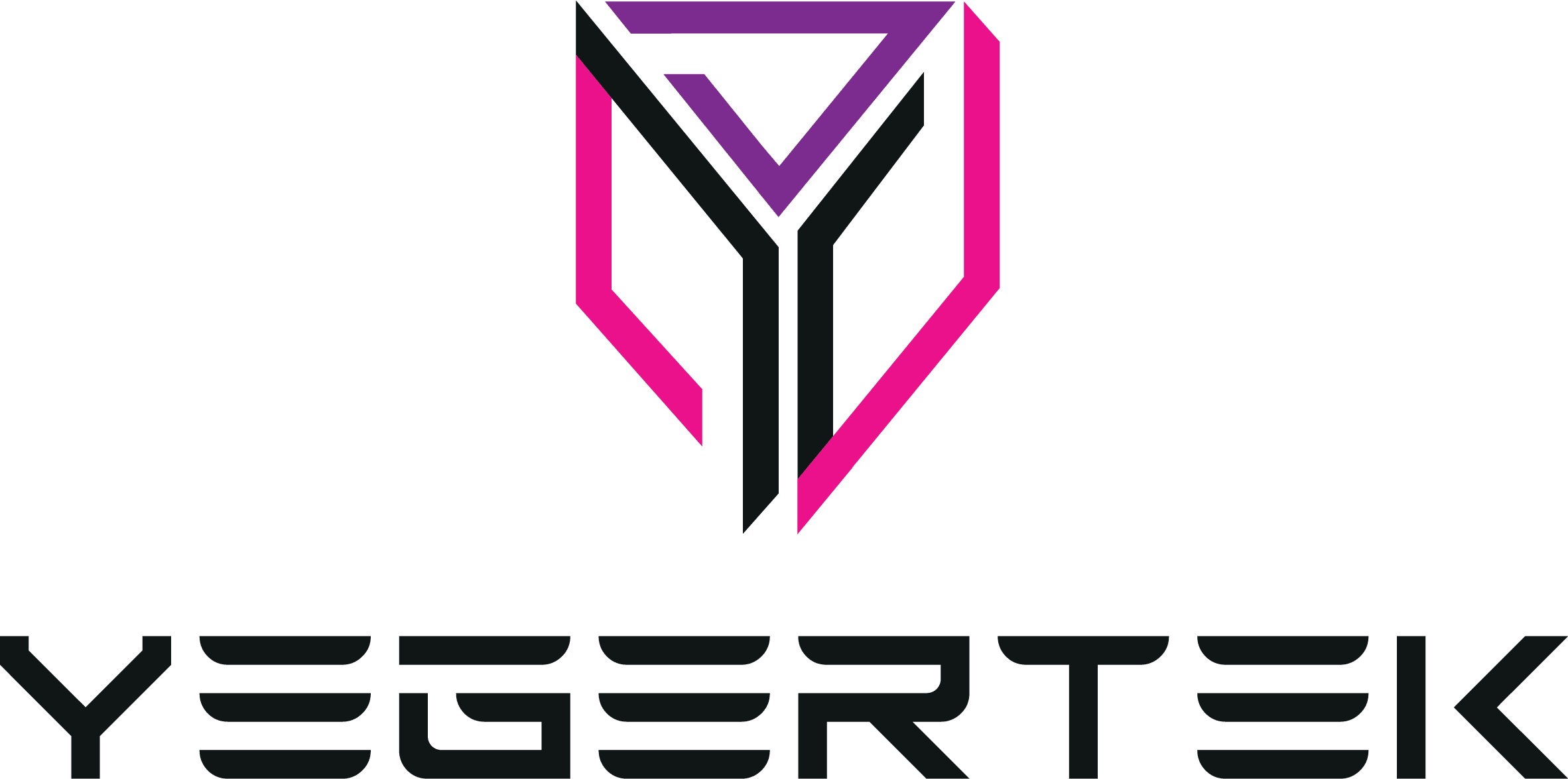
Customer incentive programs are crucial implements for businesses aiming to nurture loyalty and drive repeat purchases. However, their implementation comes with its set of challenges that can prevent effectiveness if not addressed strategically. This article explores the common hurdles faced by businesses and offers practical solutions to ensure successful implementation of customer incentive programs.
In today’s competitive landscape, customer incentive programs play a pivotal role in influencing consumer behaviour and enhancing brand engagement. Such programs surround various strategies that aim at rewarding customers for their loyalty, referrals, or purchases. Despite their benefits, businesses face several obstacles when utilising these initiatives.
Understanding Customer Expectations
Customer incentives refer to rewards or benefits offered to customers to encourage specific behaviours. These can range from loyalty points and discounts to exclusive offers and personalised rewards. Understanding the diverse expectations of customers is crucial in designing effective incentive programs that resonate with their preferences and motivations.
Common Challenges in Incentive Program Implementation
Implementing a successful loyalty program often faces hurdles such as high costs, complex program design, and customer apathy. Challenges also include data management and privacy concerns, technology integration, and measuring ROI. Additionally, maintaining customer engagement and preventing program fatigue can be difficult.
- Lack of clear goals and objectives: Many programs fail due to undefined objectives or unrealistic expectations.
- Budget constraints: Allocating sufficient resources without overspending is a constant challenge.
- Complexity in tracking and measuring ROI: Quantifying the return on investment (ROI) of incentive programs can be challenging without robust tracking mechanisms.
Technological Challenges
Integrating incentive programs with existing IT infrastructure and ensuring data security are critical considerations. Issues such as compatibility with legacy systems and safeguarding customer data require careful planning and implementation.
Employee Buy-In and Training
To truly maximize the impact of your incentive program, your frontline staff needs to be fully invested. Effective training and clear alignment with program goals are essential for equipping your team to enthusiastically communicate and administer incentives.
Designing Effective Incentive Structures
Tailoring incentives to different customer segments based on their behaviors and preferences enhances program effectiveness. Sustainable reward structures ensure long-term engagement and loyalty.
Legal and Compliance Issues
Understanding and following the rules is key to running a successful incentive program. Being clear and upfront about the program’s terms helps build trust with customers and keeps you out of hot water. Key areas of concern include
- Data Privacy: Handling customer data responsibly is paramount. Compliance with regulations like GDPR and CCPA is essential to protect customer information and build trust.
- Consumer Protection: Loyalty programs must adhere to consumer protection laws, ensuring fair practices, clear terms and conditions, and accurate representations of rewards.
- Tax Implications: Understanding the tax implications of rewards and incentives is crucial to avoid penalties and ensure financial compliance.
- Advertising Regulations: Promotions and advertisements related to loyalty programs should comply with advertising standards to avoid misleading consumers.
Communication and Engagement Strategies
Communication and engagement are the heart of any successful loyalty program. They involve building relationships with customers, informing them about program benefits, and motivating them to participate actively.
Effective communication strategies are vital in promoting program awareness and maintaining engagement. Consistent messaging across channels ensures customers understand the value proposition of participating.
Analysing successful implementations and learning from failures provides valuable insights for program design and execution. Real-world examples highlight best practices and innovative approaches.
Measuring Success
Key performance indicators (KPIs) such as customer retention rates, redemption rates, and lifetime value metrics help gauge program effectiveness. Continuous evaluation allows for adjustments to optimise outcomes.
Adapting to Changing Consumer Behavior
Consumer preferences and behaviours evolve over time. Flexibility in adapting incentive strategies to align with emerging trends ensures relevance and efficacy.
Future Outlook
As technology advances and consumer expectations evolve, the future of customer incentive programs lies in personalised and data-driven approaches. Innovations in AI and machine learning will play essential roles in shaping the next generation of incentives.
Final words
Carrying out customer incentive programs presents challenges that require proactive management and strategic planning. By addressing common drawbacks with tailored solutions, businesses can maximise the impact of their incentive strategies and drive sustainable growth.
Are you facing challenges in designing and implementing effective customer incentive programs? Yegertek offers expert guidance to help you overcome obstacles, optimize your strategy, and foster long-term customer loyalty. Contact us today for a strategic consultation.
FAQs:
1. What are the benefits of customer incentive programs?
Customer incentive programs boost loyalty, sales, and customer data. They create brand advocates through exclusive rewards and appreciation. Ultimately, they drive long-term business growth and profitability.
2. How do you overcome budget constraints in incentive programs?
Prioritize target customers and offer creative, cost-effective incentives. Consider non-monetary rewards, technology, and partnerships. Measure impact closely to maximize budget efficiency.
3. What role does technology play in modern incentive programs?
Technology personalizes incentives, tracks customer behavior, and streamlines program management. Mobile apps, loyalty platforms, and data analytics optimize programs and boost customer satisfaction.
4. How can businesses ensure compliance with legal regulations?
Understand and follow relevant laws and guidelines. Clearly communicate program terms, protect customer data, and seek legal advice when needed. Compliance builds trust and avoids penalties.
5. What are some tips for measuring the success of incentive programs?
Set clear goals and track key metrics like customer acquisition, retention, and order value. Analyze customer behavior, gather feedback, and calculate ROI. Use data to refine your program for optimal results.



